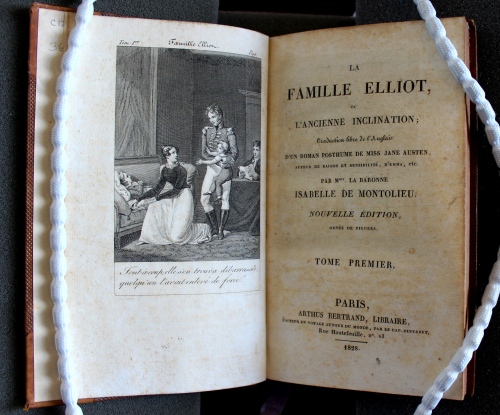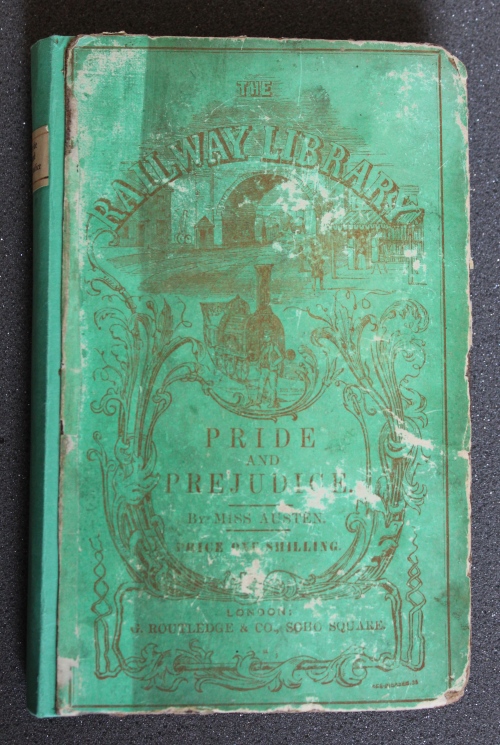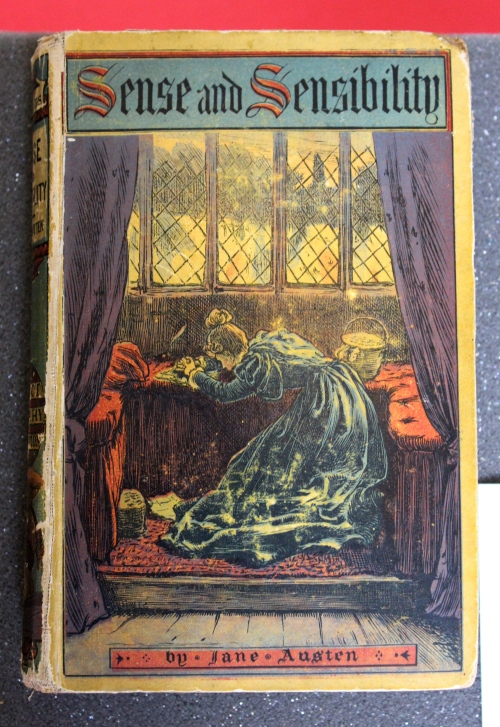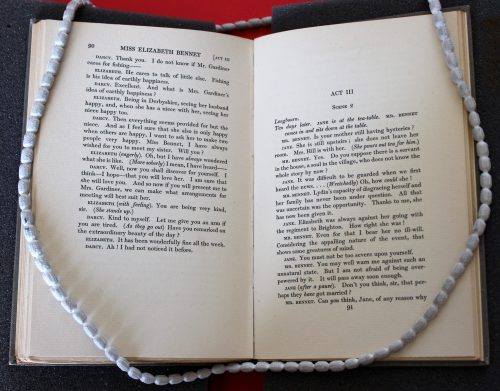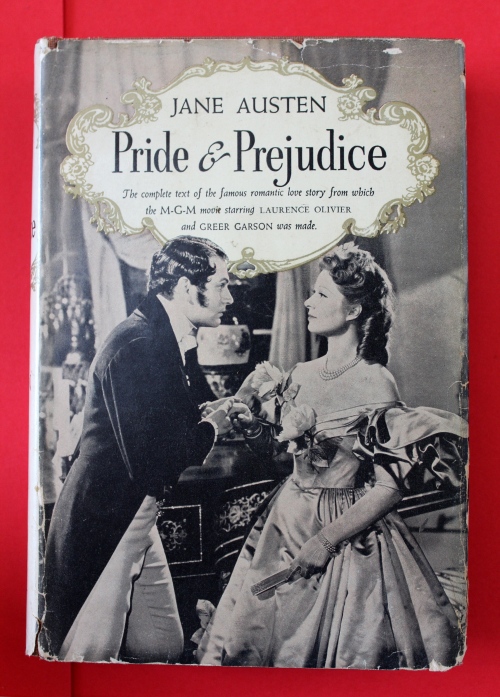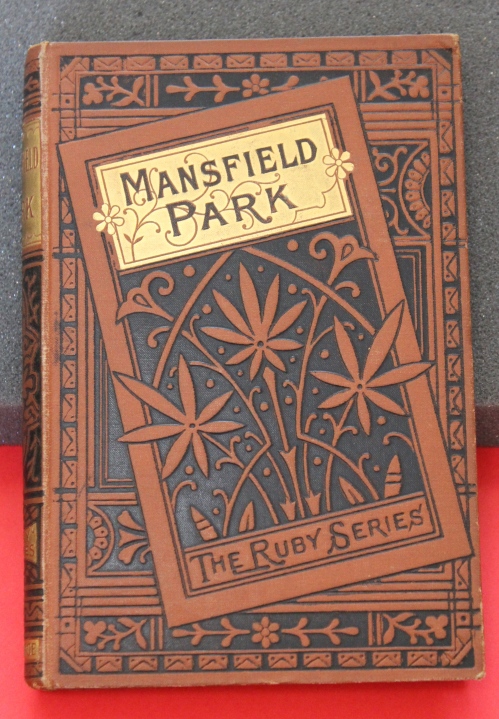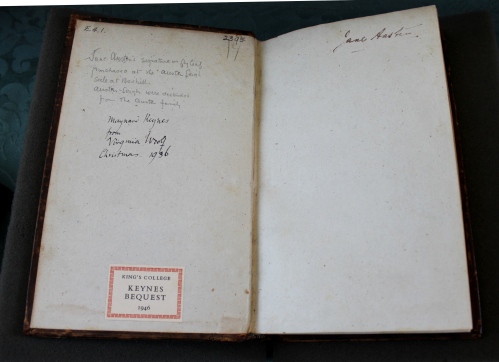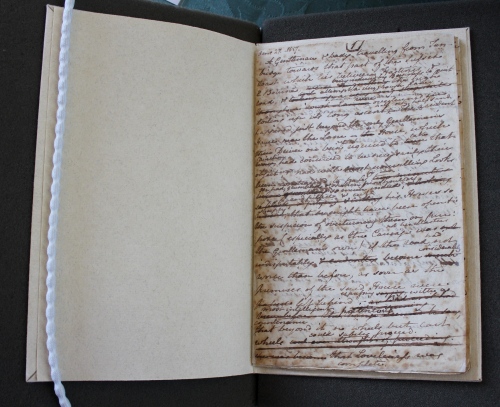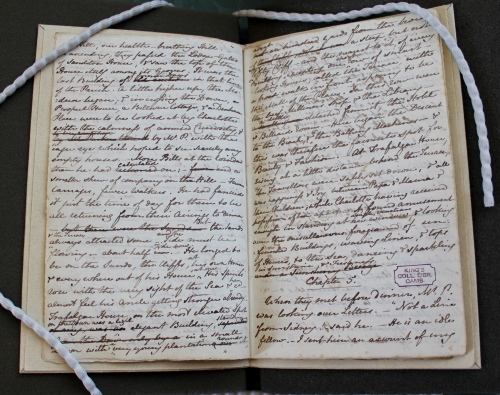This month marks the 100th anniversary of the publication of T. S. Eliot’s The Waste Land, one of the most influential poems of the twentieth century. To celebrate the occasion, we present a selection of images from first and early editions of the poem. King’s College is very fortunate in hosting one of the largest collections of manuscript and printed materials by Eliot thanks to the bequest of his close friend John Hayward (1905-65), who shared a flat with the poet from 1946 to 1957. Hayward read English and modern languages at King’s from 1923 to 1927 and went on to become an accomplished editor and critic. He met Eliot for the first time while still an undergraduate at Cambridge in 1926.
Eliot’s correspondence suggests that The Waste Land was written between late 1920 and early 1922. Though the drafts were lost during his lifetime, they resurfaced in 1968 and were published in a facsimile edition by his widow Valerie in 1971:

Eliot’s pencil draft of the beginning of the fifth section of the poem, “What the Thunder Said” (The Waste Land: A Facsimile and Transcript of the Original Drafts Including the Annotations of Ezra Pound, ed. Valerie Eliot [London: Faber, 1971], p. [70]; YIM ELI, ZWA 3XP 1).
The poem was first printed in the inaugural issue of the literary journal The Criterion, edited by Eliot, which, according to his bibliographer Donald Gallup, appeared around 15 October 1922:

The opening of The Waste Land from The Criterion, pp. 50-51. The poem was published almost simultaneously in America in The Dial, LXXIII.5 (Nov. 1922), pp. [473]-485.
It was then published in book form in New York on 15 December 1922 in a limited edition of 1,000 copies:

Dust jacket of The Waste Land (New York: Boni and Liveright, 1922). The colophon on p. [6] reads: “Of the one thousand copies printed of The Waste Land this volume is number 914” (Hayward.H.9.6).
It was in this volume that the epigraph and the “Notes” to the poem were first included. Eliot later reminisced in “The Frontiers of Criticism” (1956): “I had at first intended only to put down all the references for my quotations, with a view to spiking the guns of critics of my earlier poems who had accused me of plagiarism. Then, when it came to print The Waste Land as a little book – for the poem on its first appearance in The Dial and in The Criterion had no notes whatever – it was discovered that the poem was inconveniently short, so I set to work to expand the notes, in order to provide a few more pages of printed matter, with the result that they became the remarkable exposition of bogus scholarship that is still on view to-day” (The Complete Prose of T. S. Eliot: The Critical Edition, ed. Jewel Spears Brooker and Ronald Schuchard [Baltimore: Johns Hopkins University Press, 2019], vol. 8, p. 127):
The first English edition appeared the following year on 12 September 1923: it was hand-printed by Leonard and Virginia Woolf at the Hogarth Press in Richmond. Virginia typeset the whole poem on her own between 23 June and 8 July 1923, writing to Barbara Bagenal on 8 July: “I have just finished setting up the whole of Mr Eliots poem [The Waste Land] with my own hands: You see how my hand trembles” (The Letters of Virginia Woolf, ed. Nigel Nicolson and Joanne Trautmann [New York: Harcourt Brace Jovanovich, 1978], vol. 3, p. 56):

Front cover of the first English edition (Richmond: Printed and published by Leonard and Viriginia Woolf at the Hogarth Press, Hogarth House, Paradise Road, 1923; Hayward.H.9.8A). The printed label at the top is known to exist in three states. This is the first state featuring a border of asterisks.

Title page of the first English edition of The Waste Land. This copy was bequeathed by another Kingsman, Dadie Rylands (1902-99), who worked for six months with Leonard and Virginia Woolf at the Hogarth Press in 1924.
In the copy of the first edition which Eliot presented to Ezra Pound, the dedication (For Ezra Pound / il miglior fabbro) appears as an autograph inscription. It was first printed in 1925 in the collection Poems, 1909-1925:

Title page of The Waste Land as printed in Poems, 1909-1925 (London: Faber & Gwyer, 1925, p. 63; Hayward.H.9.10).
To mark this momentous centenary, the BBC broadcast the radio drama “He Do The Waste Land in Different Voices,” as well as a programme on the importance of The Criterion, which is still available here. A documentary on the poem broadcast on BBC2 on 13 October can also be viewed here.
IJ
















